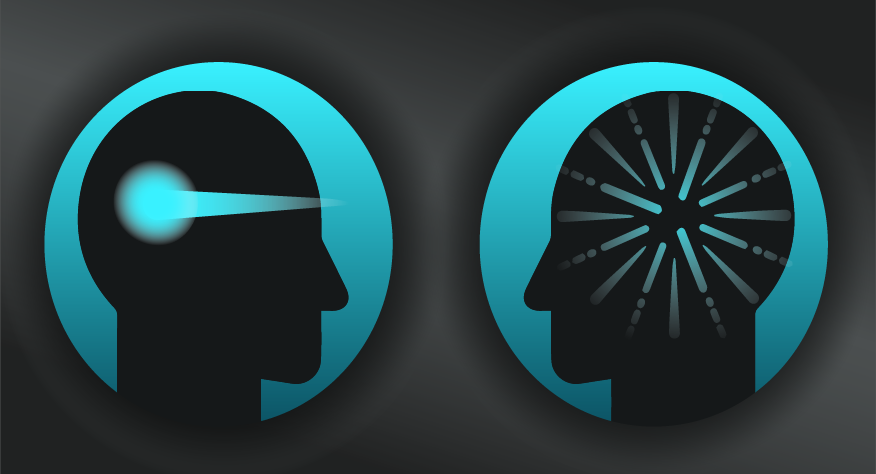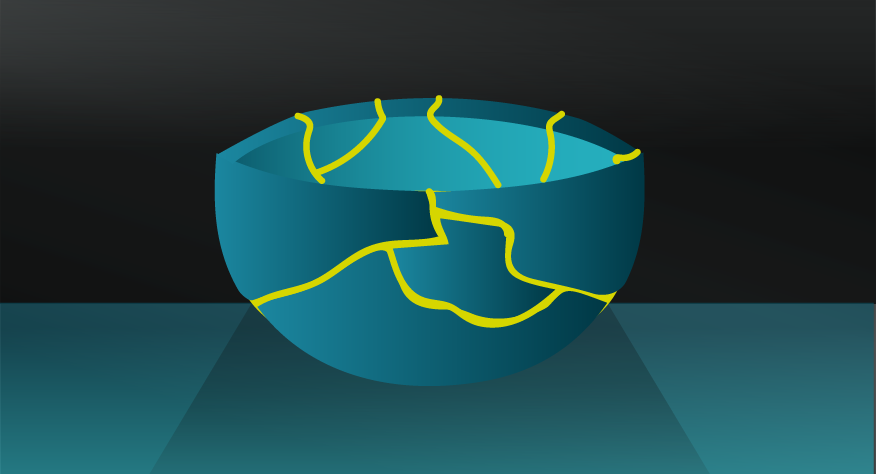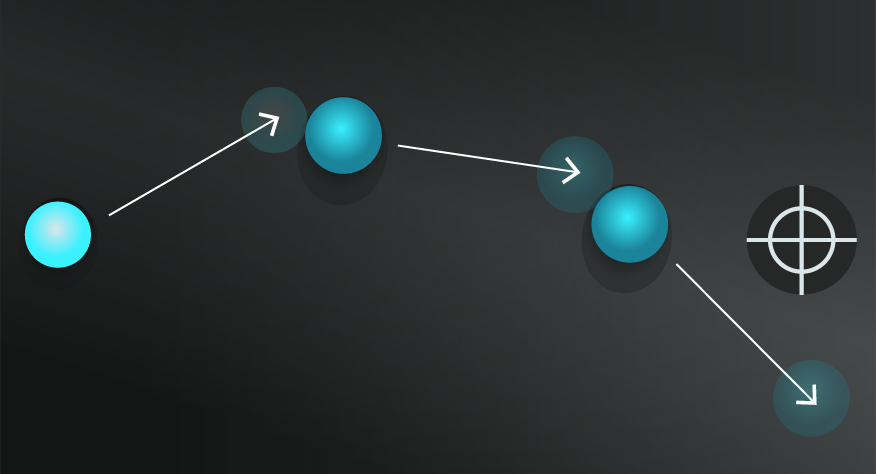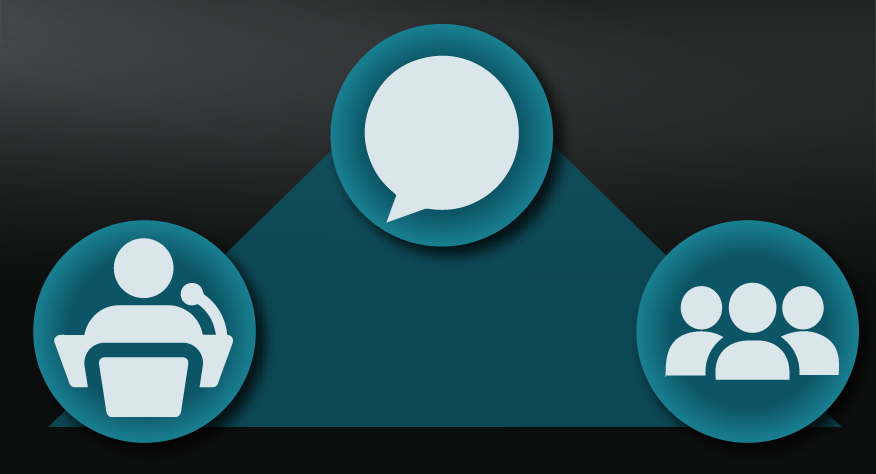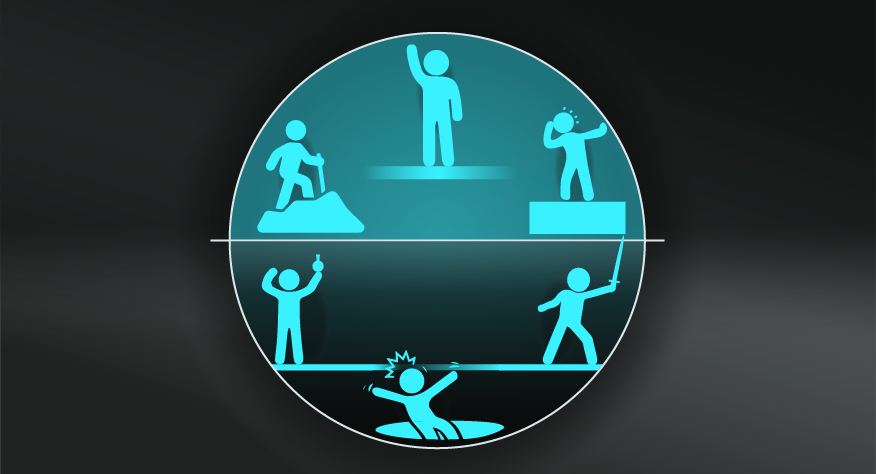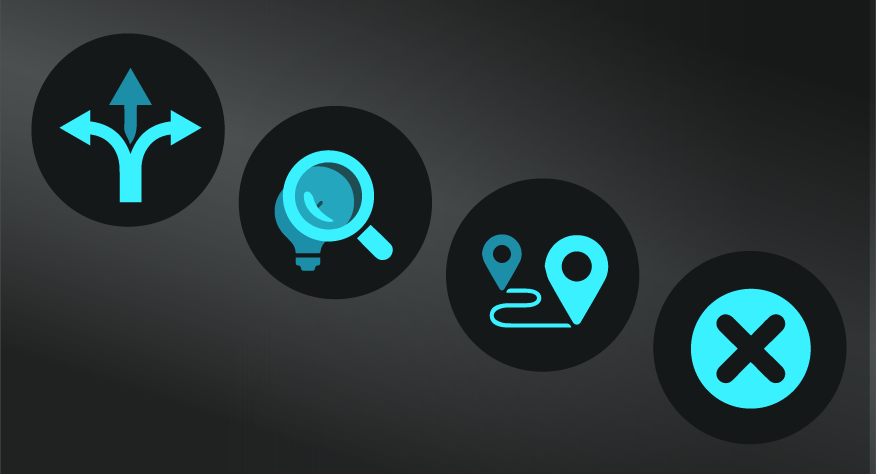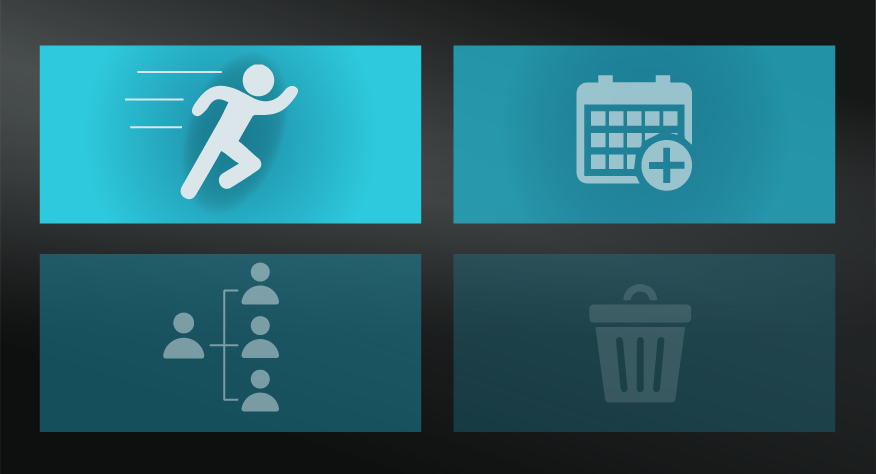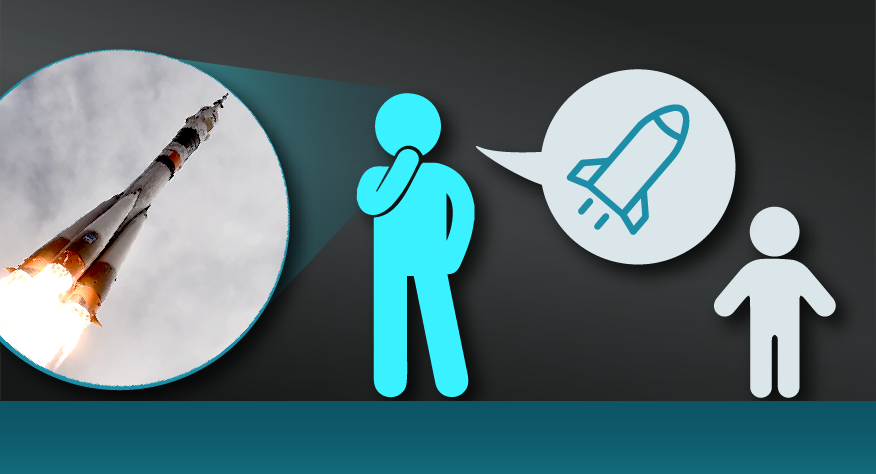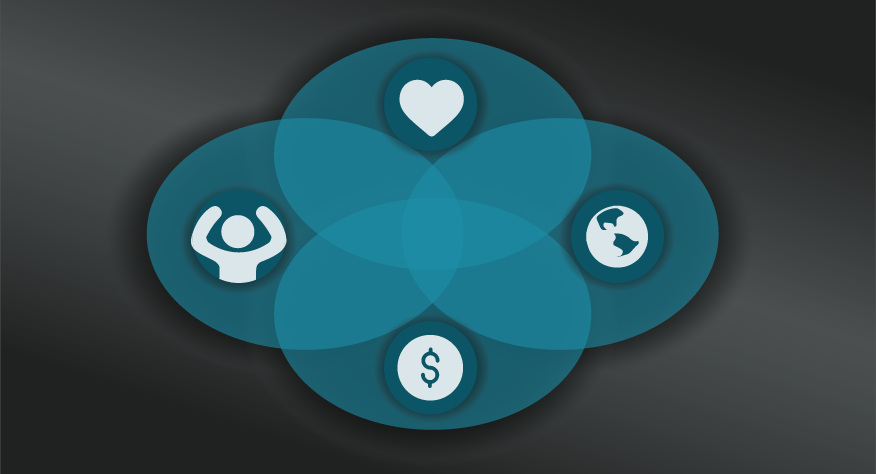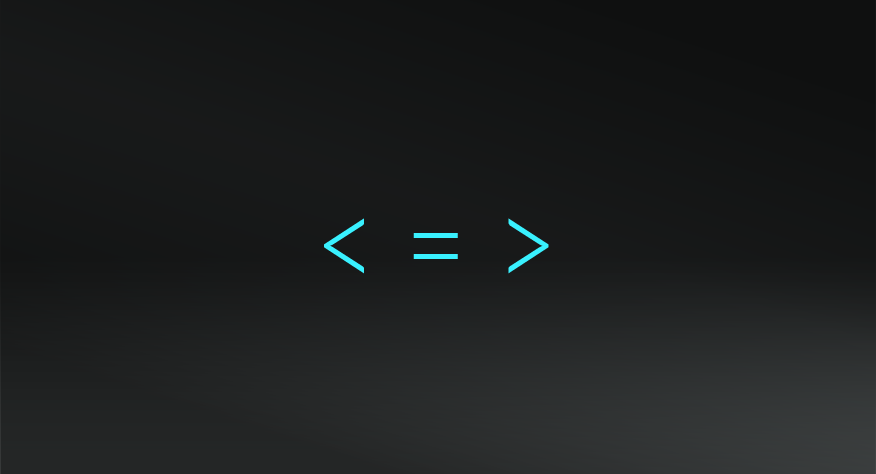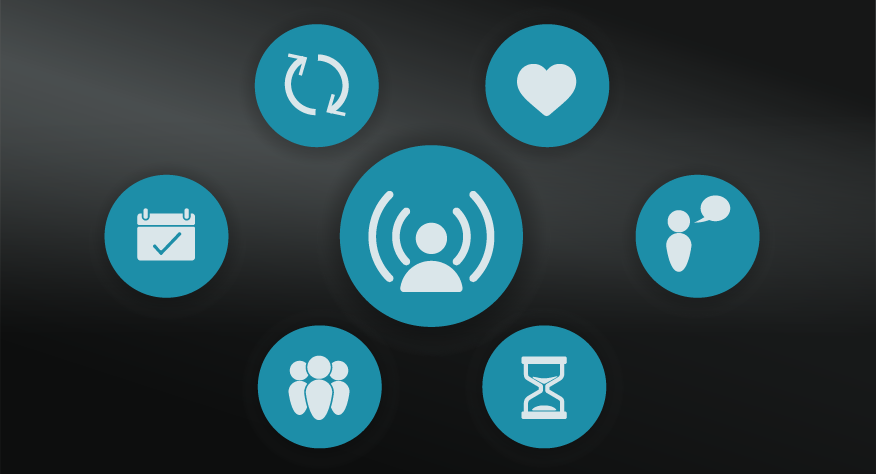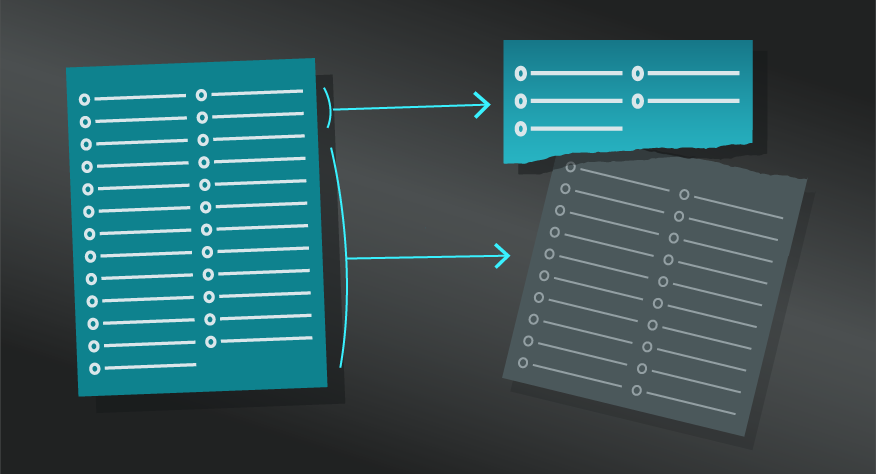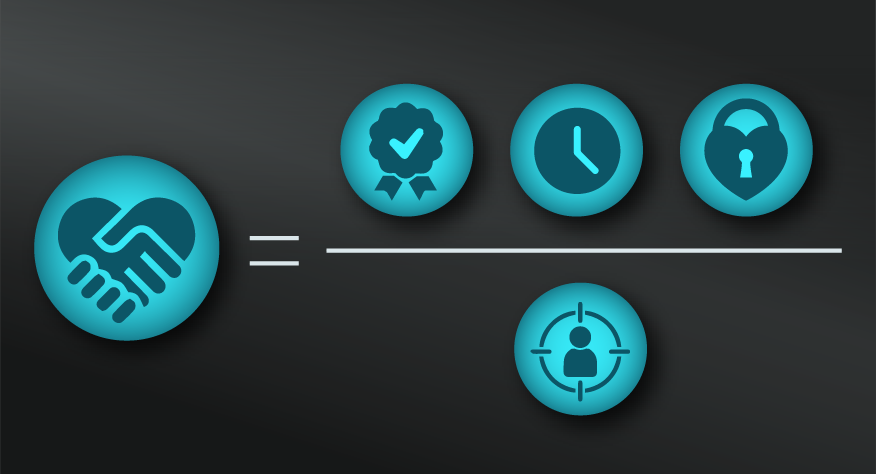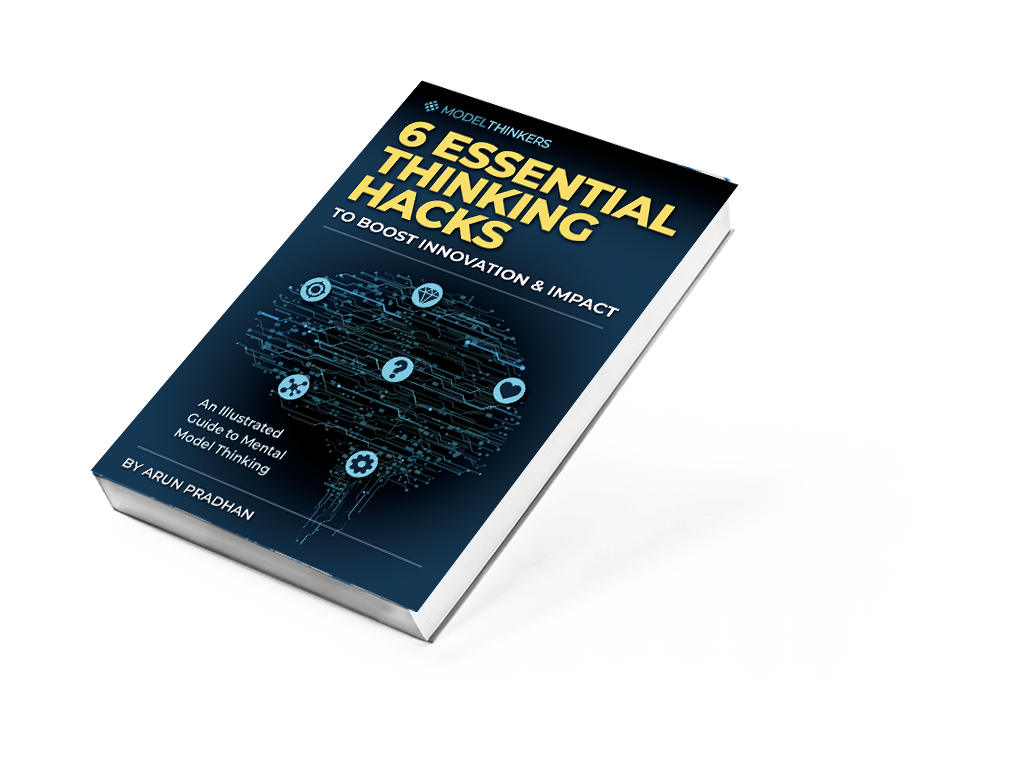Popular searches
Categories
Learn & Achieve
Collaborate & Lead
Deliver Value
Live Well
Make Better Decisions
Industry Knowledge
Sub categories
Learn & grow
Set & reach goals
Grow wealth
Be happy & healthy
Be more productive
Manage projects
Models

 0 saved
0 saved
 23K views
23K views
(1)
Share this with your network








Share this with your network




Overview
Overcoming problems and challenges are part of being alive — but sometimes it's not enough to do the predictable, the normal, or the expected.
Sometimes you'll have to draw deep into your creative mind and collaborators and deliver innovative and creative options. So, what if that deep well of creativity is empty and the clock is ticking?
That's when you bookmark this Playbook as your reference so you can creatively problem-solve on demand. Experiment with any of these, or ideally a combination of these models, to take your thinking to new creative heights.
This Playbook includes the following sections, select a heading to jump to that section.
UNDERSTAND & REFRAME THE QUESTION.
Don't just jump into creative solutions, ensure that you really understand the problem and that you're asking the right question.
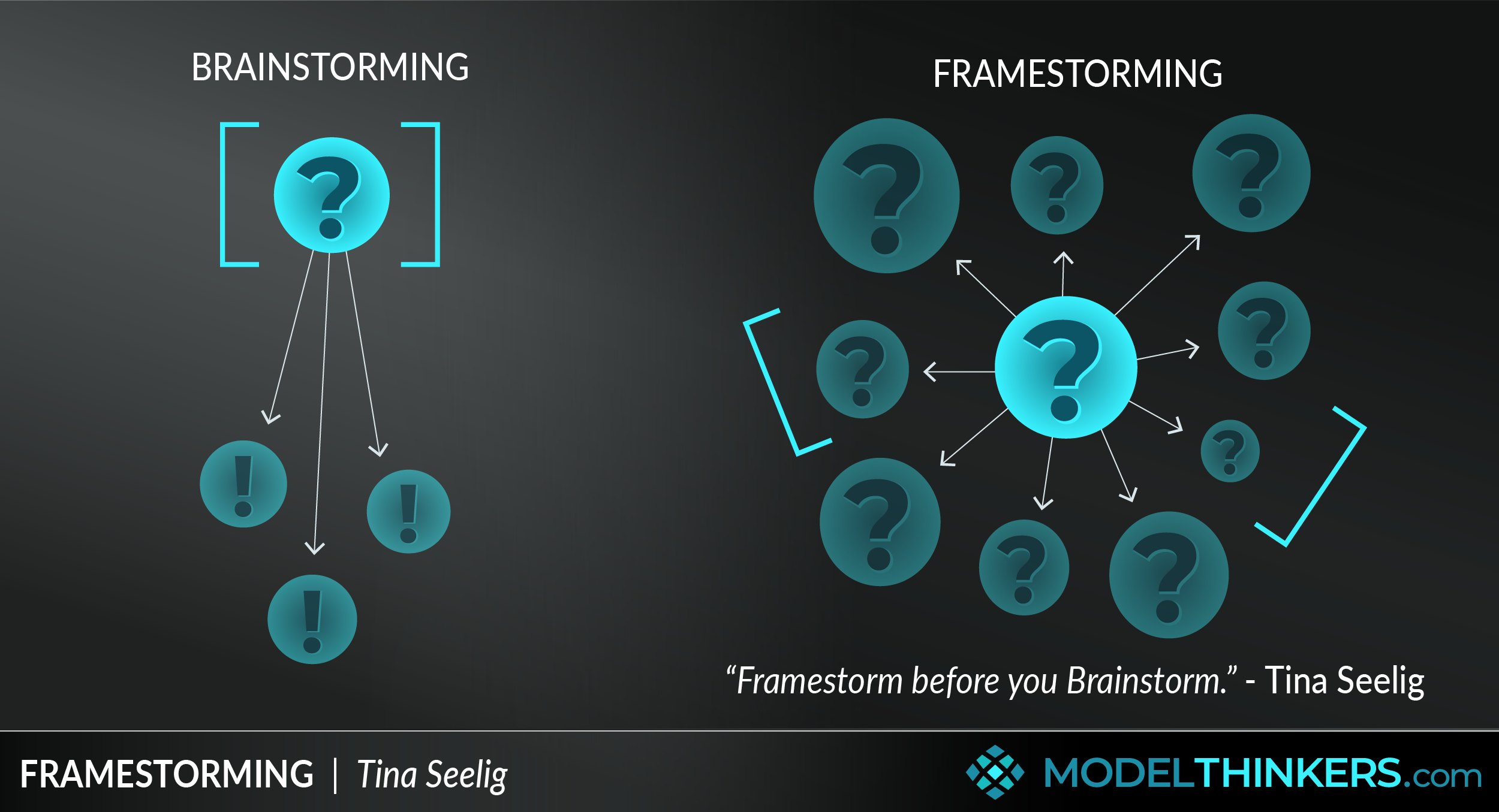
Before you start brainstorming and generating creative solutions, be sure to invest that same creative energy on defining, challenging and reframing the question.
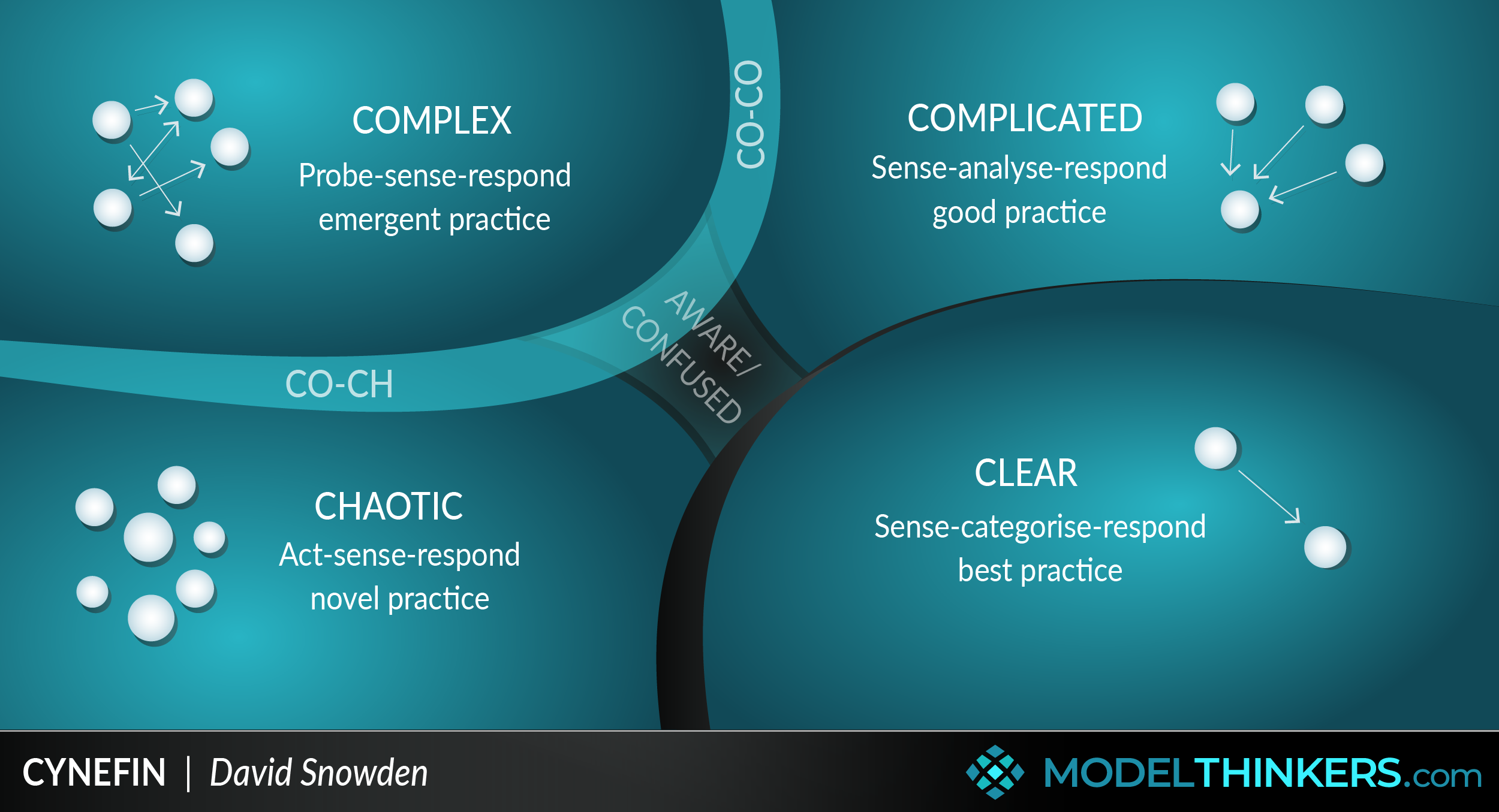
This framework will help you identify the sort of terrain your problem lies in and how to proceed as a result. It represents a crucial step that will define your behaviour and a reminder that your actions should be driven by your ever-changing context. There's a lot behind this one so click through for more.
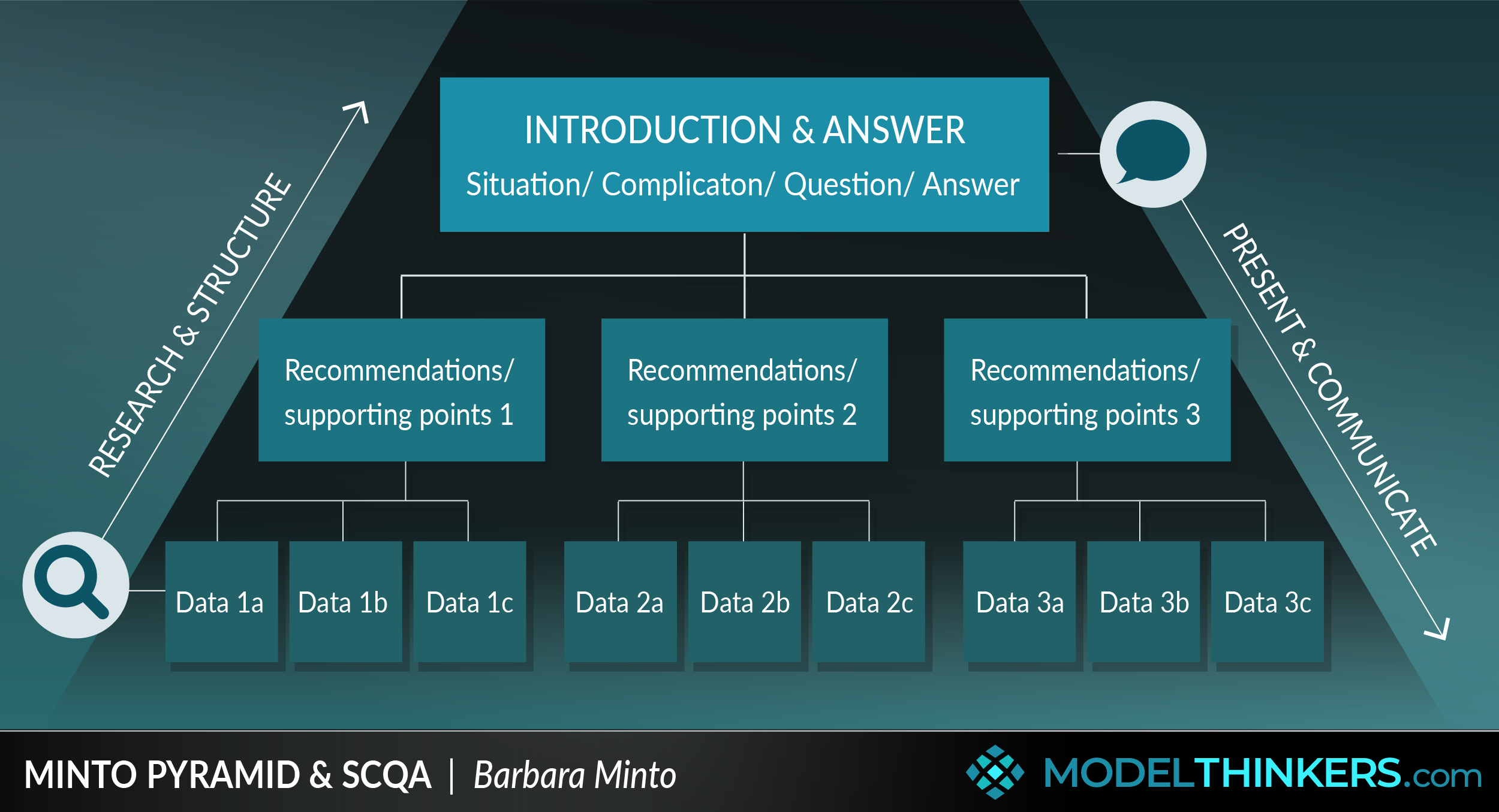
This one is often described as a communication approach, but its also a method for breaking down a problem and understanding potential answers – it all depends on which way you travel up or down the pyramid. Click into the summary for more.
USEFUL END-TO-END PROCESSES
These frameworks support your journey across the entire problem-solving process.
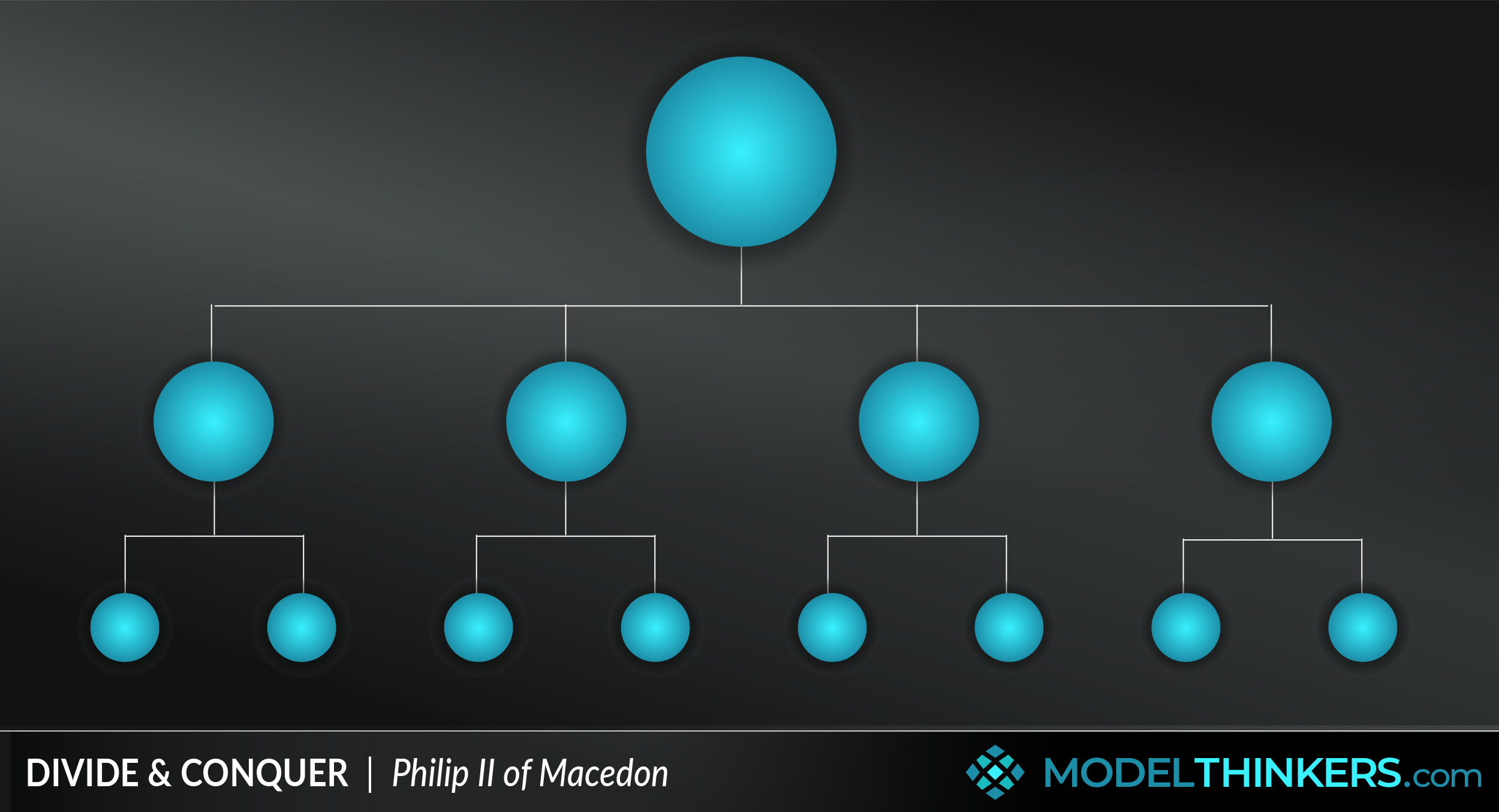
You might think this is a self-evident and simple model — but using click into the model and particularly consider the MECE Principle to help you break down a larger problem.
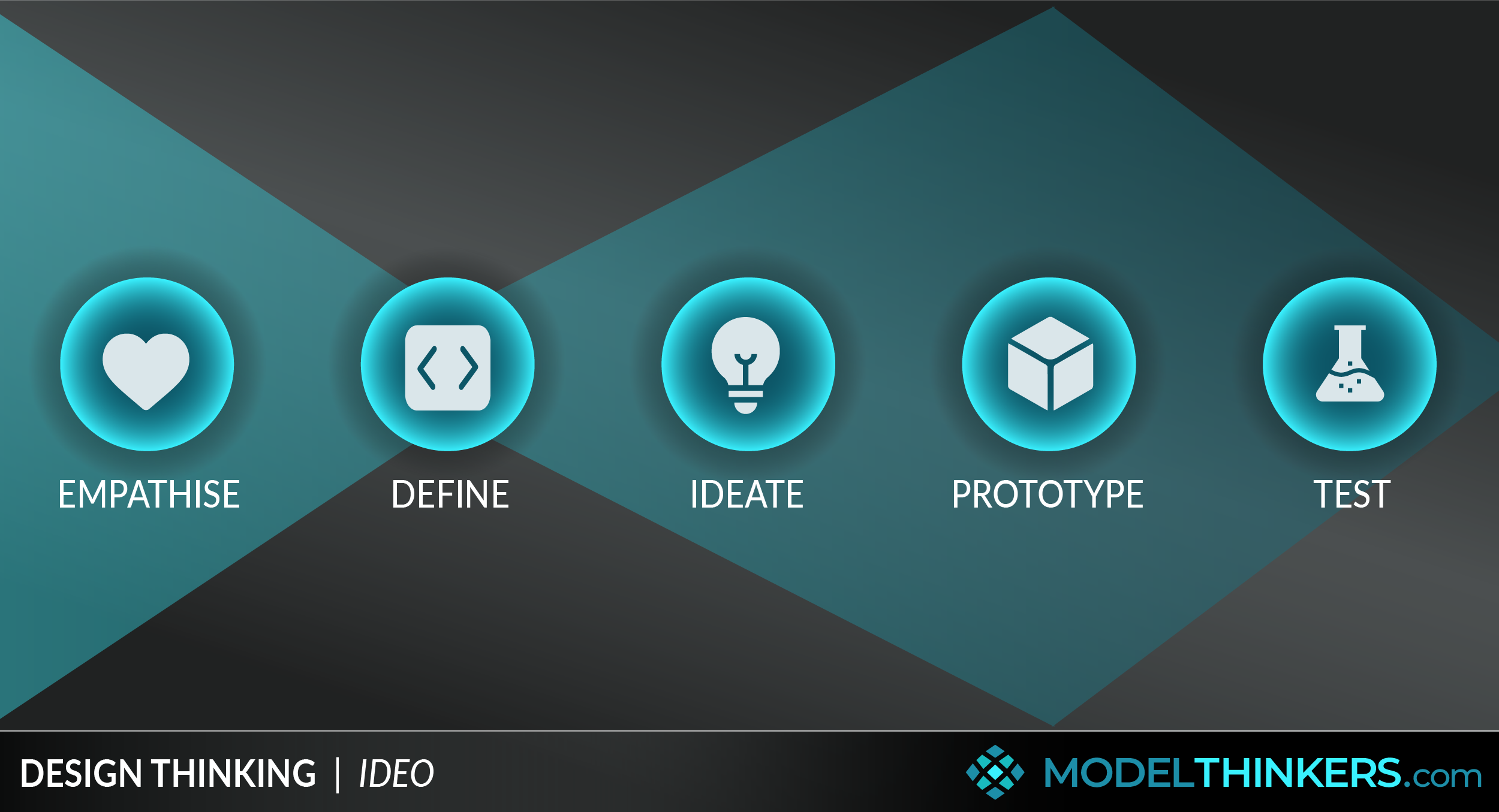
You might be ready for a more traditional approach to innovation — leading with empathy and using a range of other tools including Personas, Empathy Maps, Journey Maps and more as part of your Design Thinking experience.
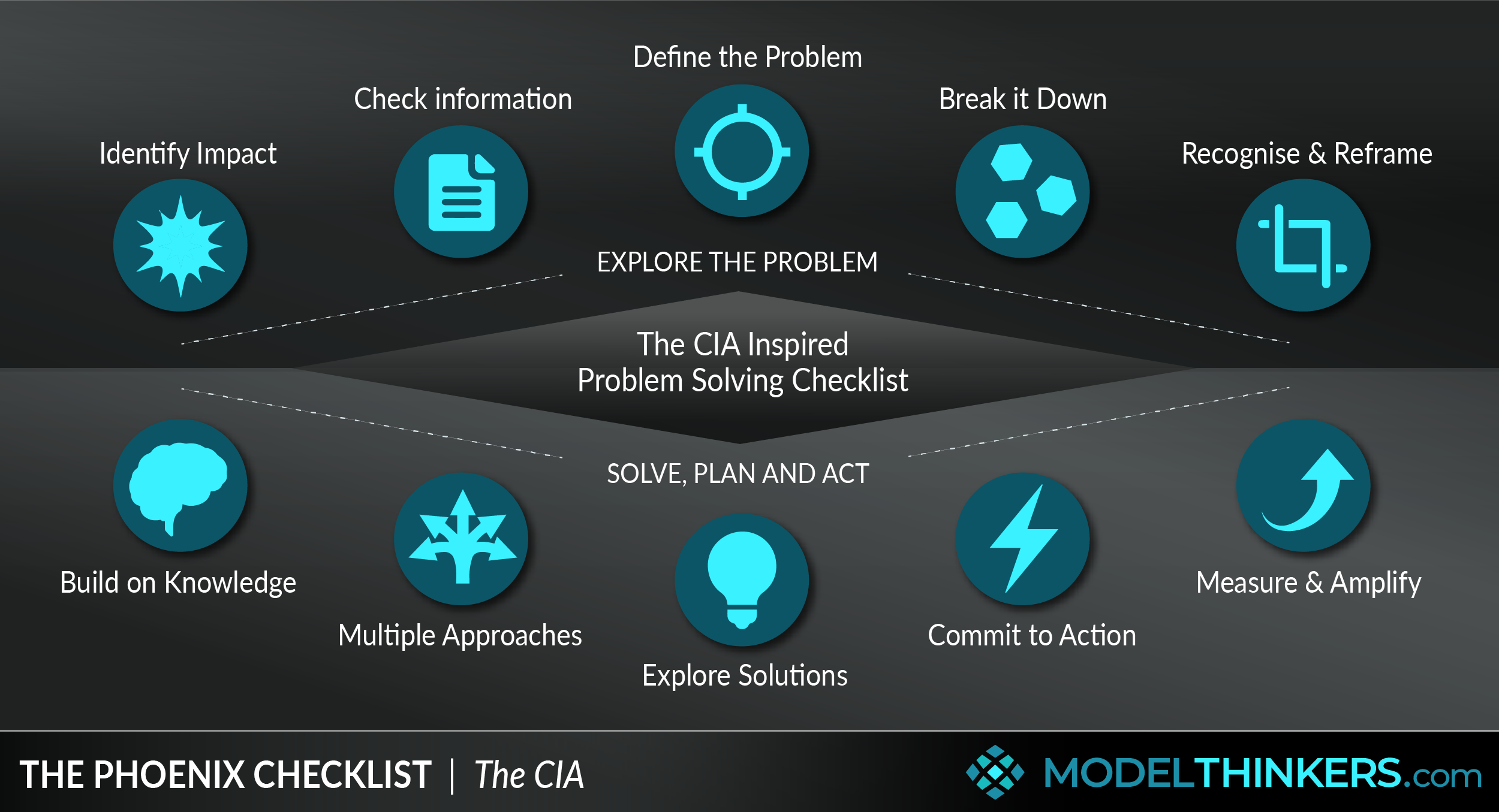
This checklist was good enough for the CIA, so you're sure to find some useful questions to help you reframe and solve a complex problem.
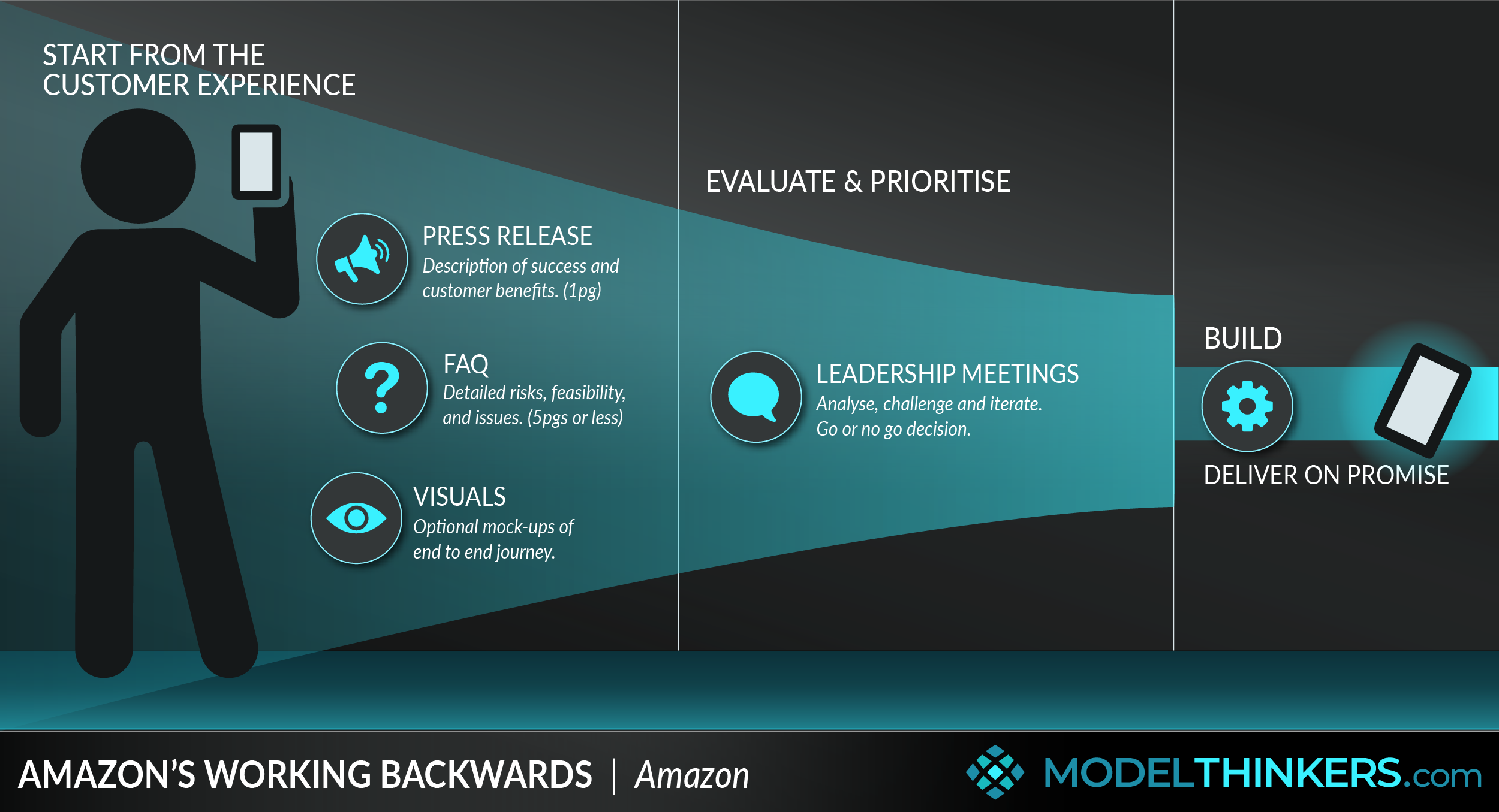
Meanwhile, at Amazon, they start with the end in mind as they create a successful press release from the future and work backwards from there.
Find out more about Amazon's Working Backwards and add it to your Latticework of Mental Models here.
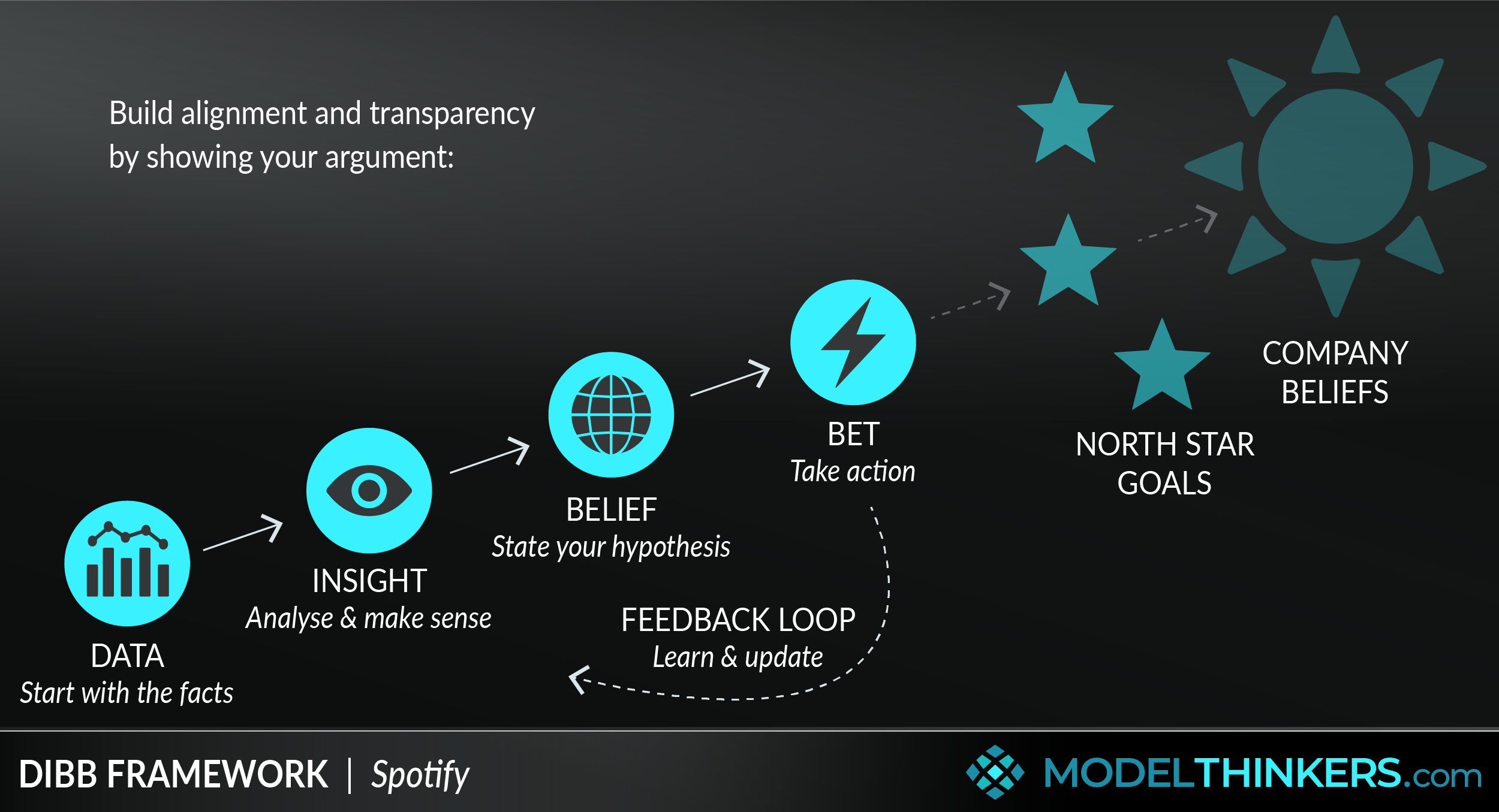
Spotify uses this data-driven framework to create 'bets' as they solve problems and find ways to deliver value.
GET CREATIVE.
Now you've identified the problem, it's time to start to experiment, innovate and explore options.
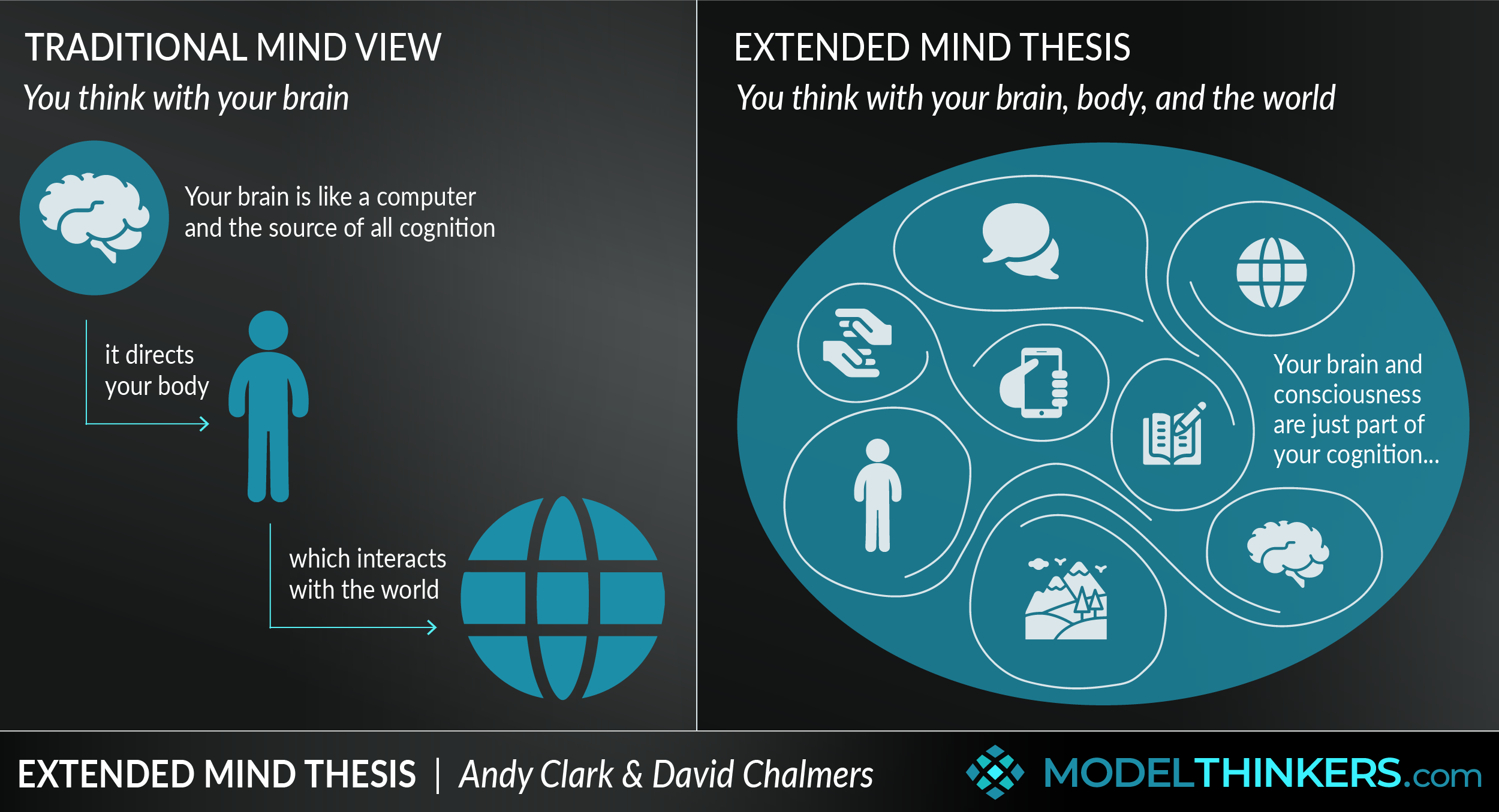
The first thing you'll likely do when someone tells you to 'get creative' is to focus on your mind and thoughts. Before you go there, use this disruptive model to reconsider what your mind actually is and ensure you leverage people and your environment to solve problems.
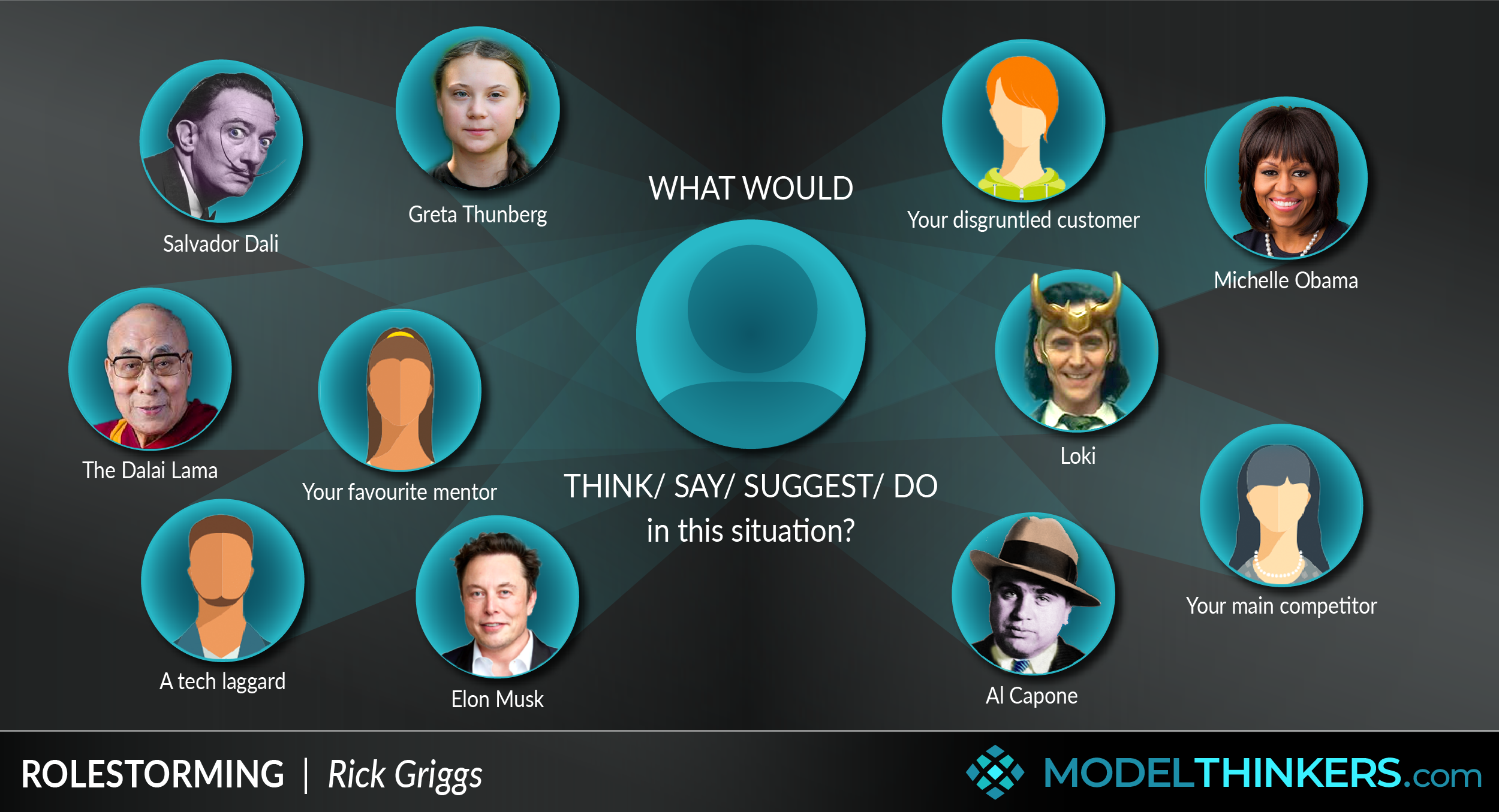
Use this combination between roleplay and brainstorming to generate fresh perspectives on a problem.
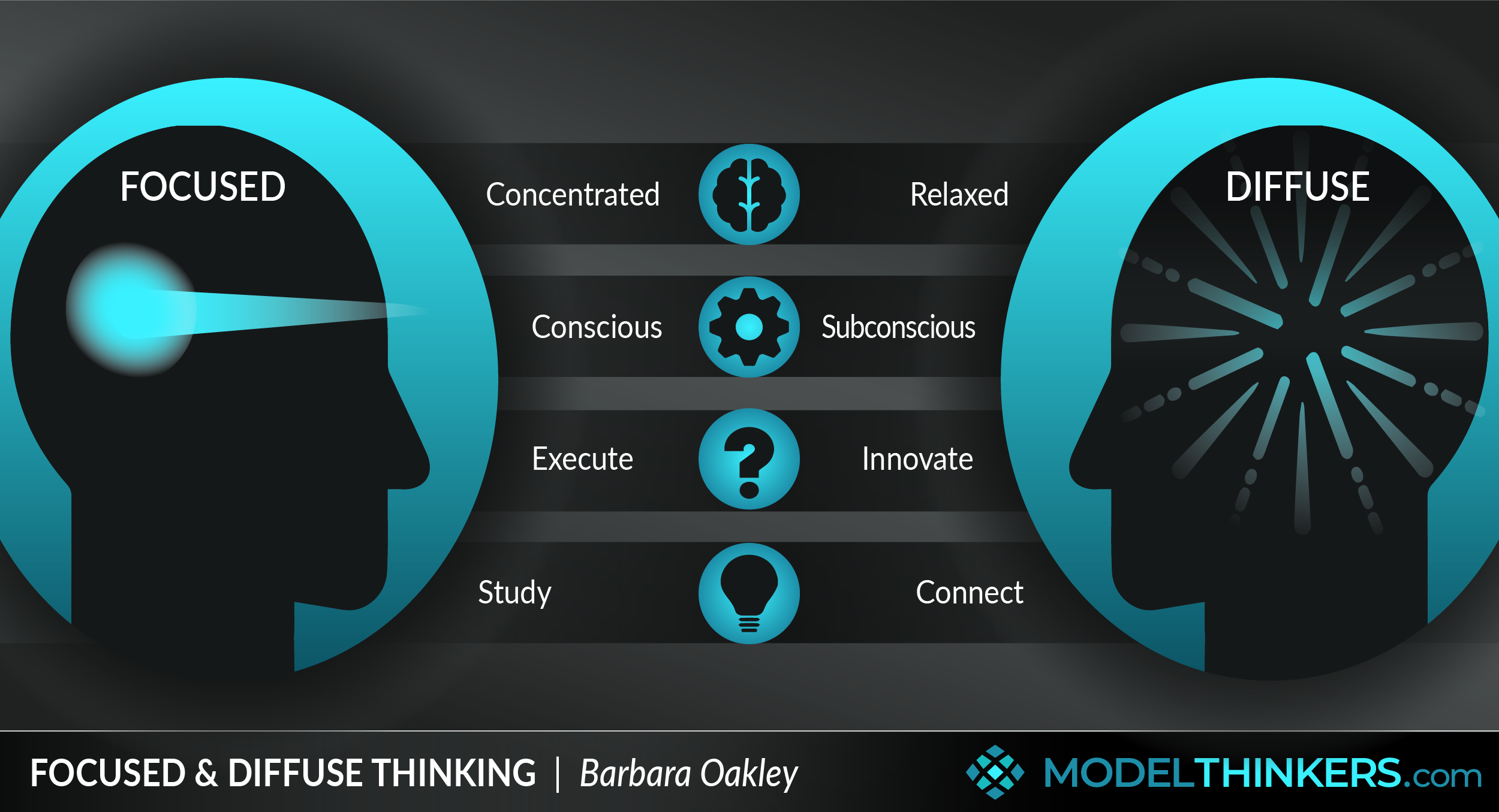
You've been working hard and focusing, which is an important way to solve problems, but be sure to take a break and let your subconscious mind work on the problem also.
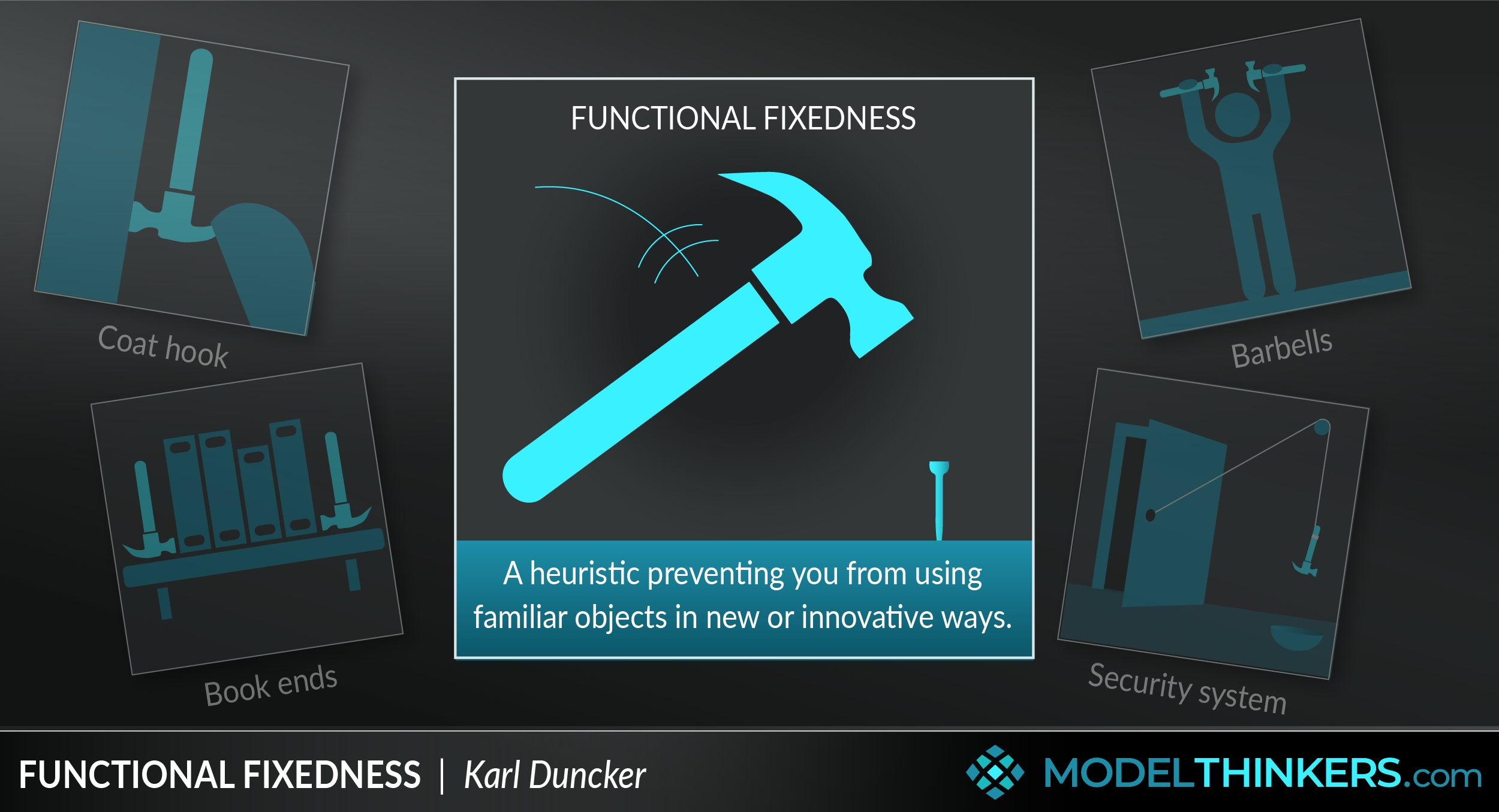

Be aware of your biases — including your assumptions about the familiar resources and status quo elements around you.
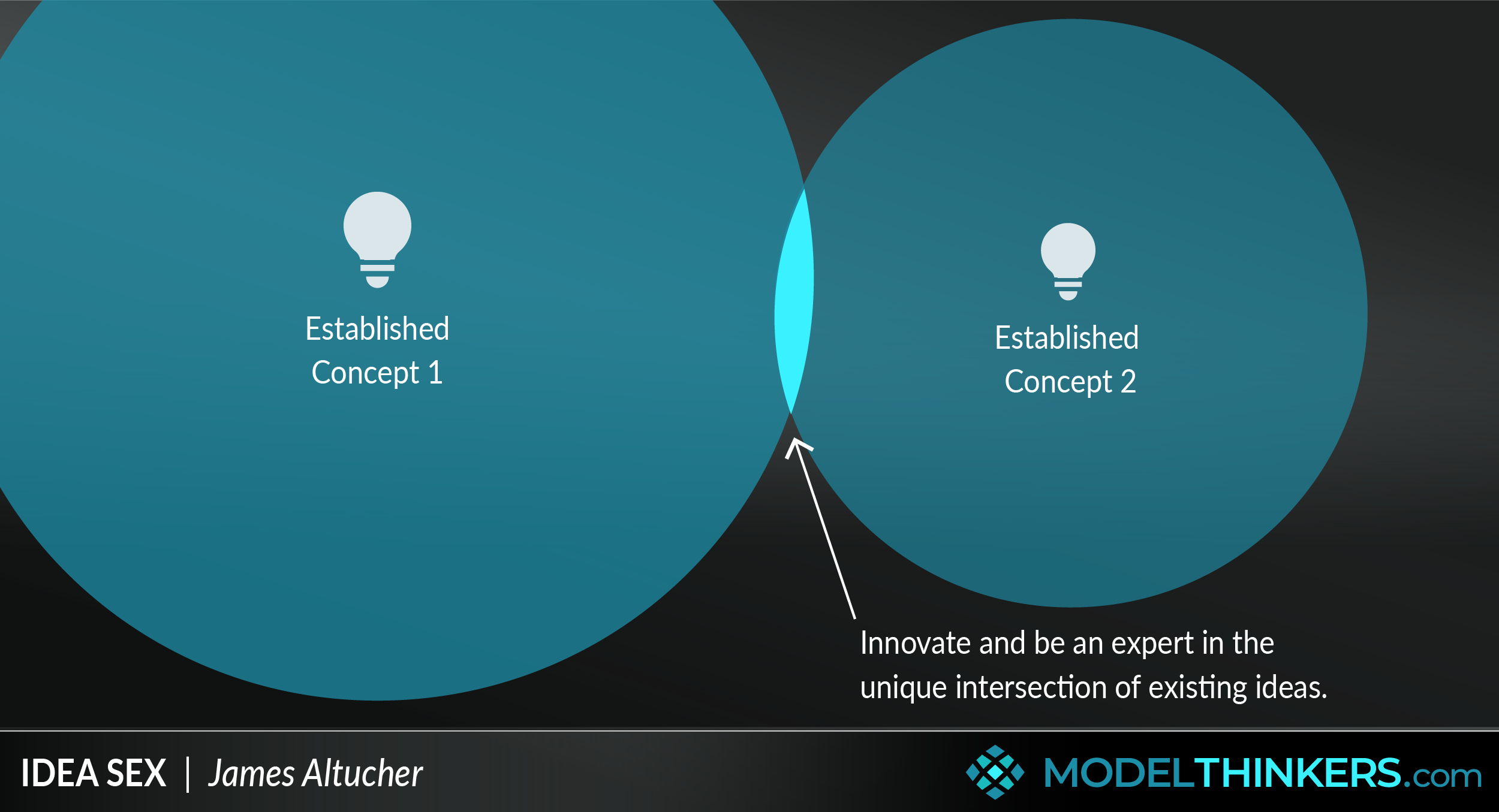
Time to get new perspectives — embrace diversity in your team and ideas as you seek that 'magic intersection' between key mental models.
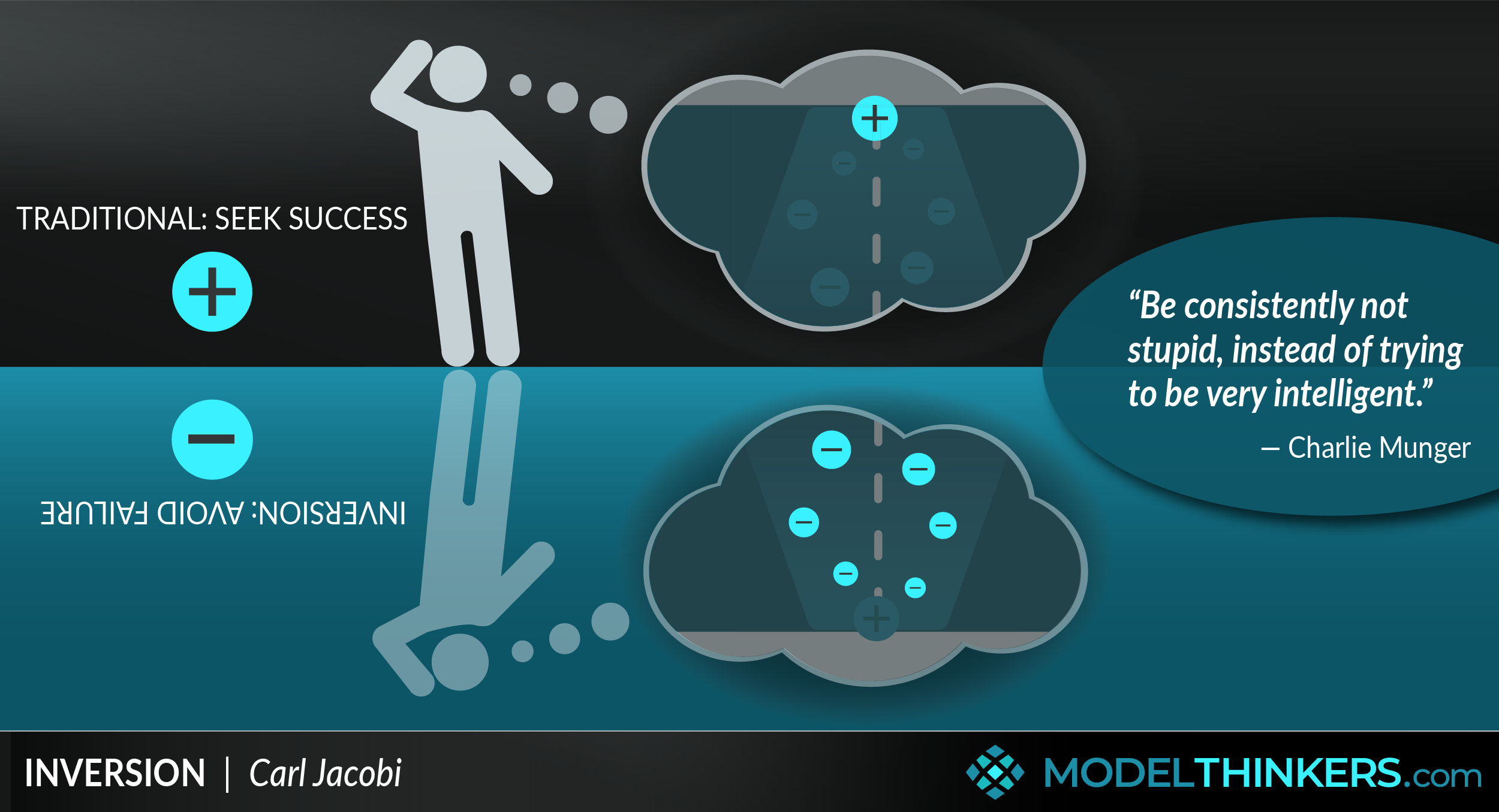
Still not working for you? Then try turning the problem on it's head. Identify what you don't want and brainstorm about how to avoid it.
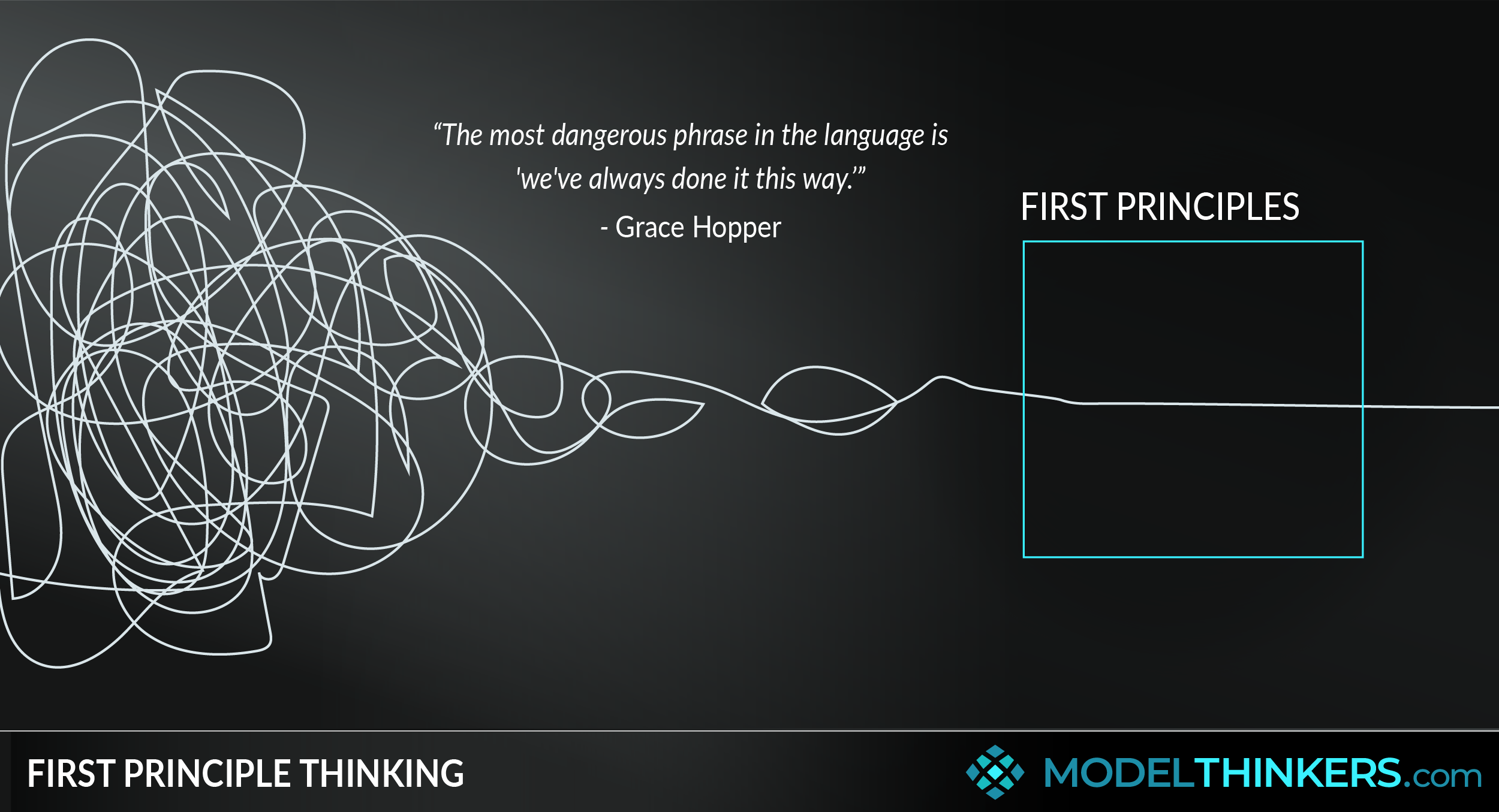
One way to interrupt Functional Fixedness and cut to the core of the issue with fewer assumptions.
ITERATE & DELIVER.
Finally, deliver your solutions to continue to test, learn and improve.
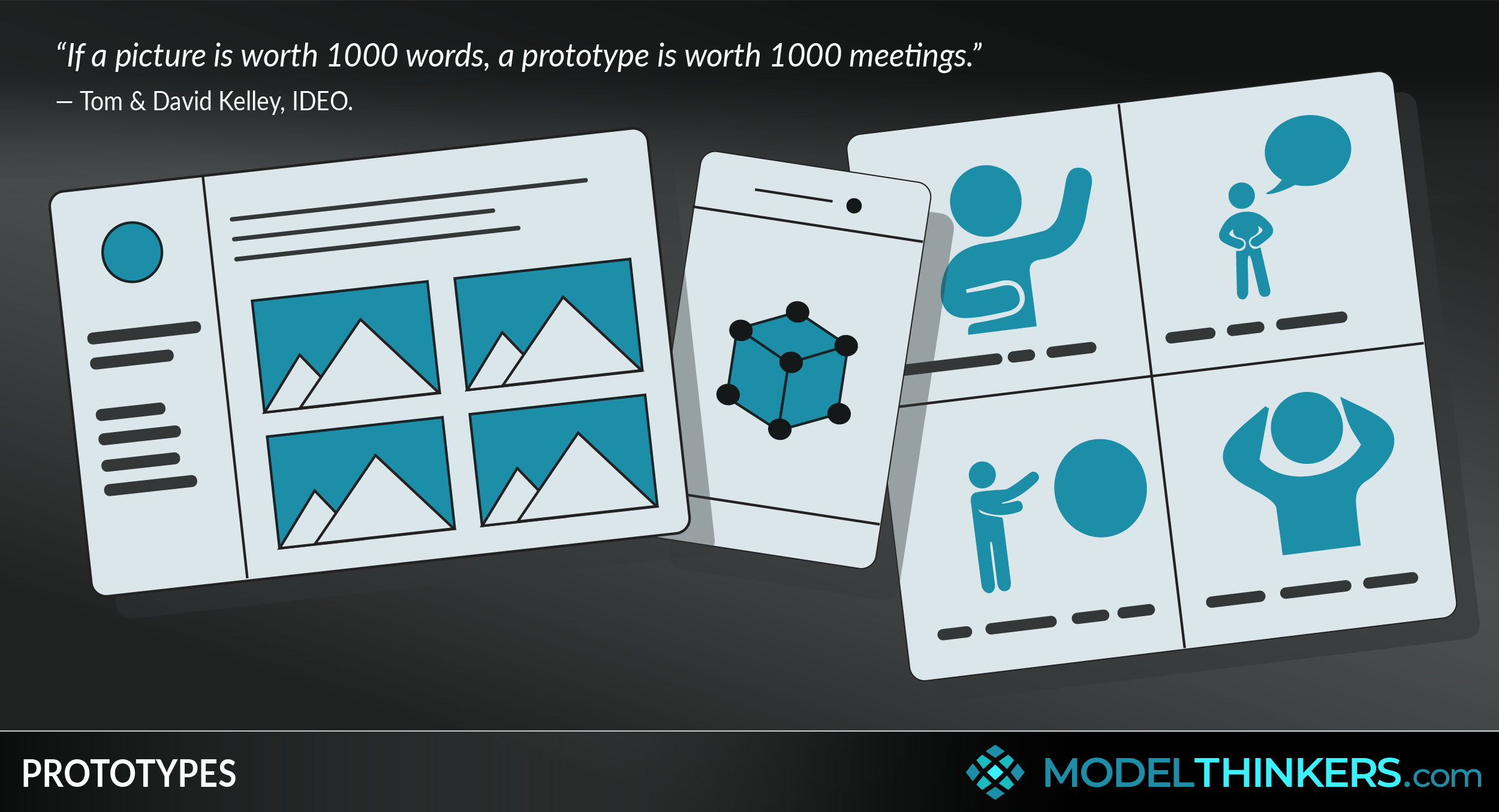
Don't bet everything on your initial hypothesis, test it out by Prototyping it with your audience.
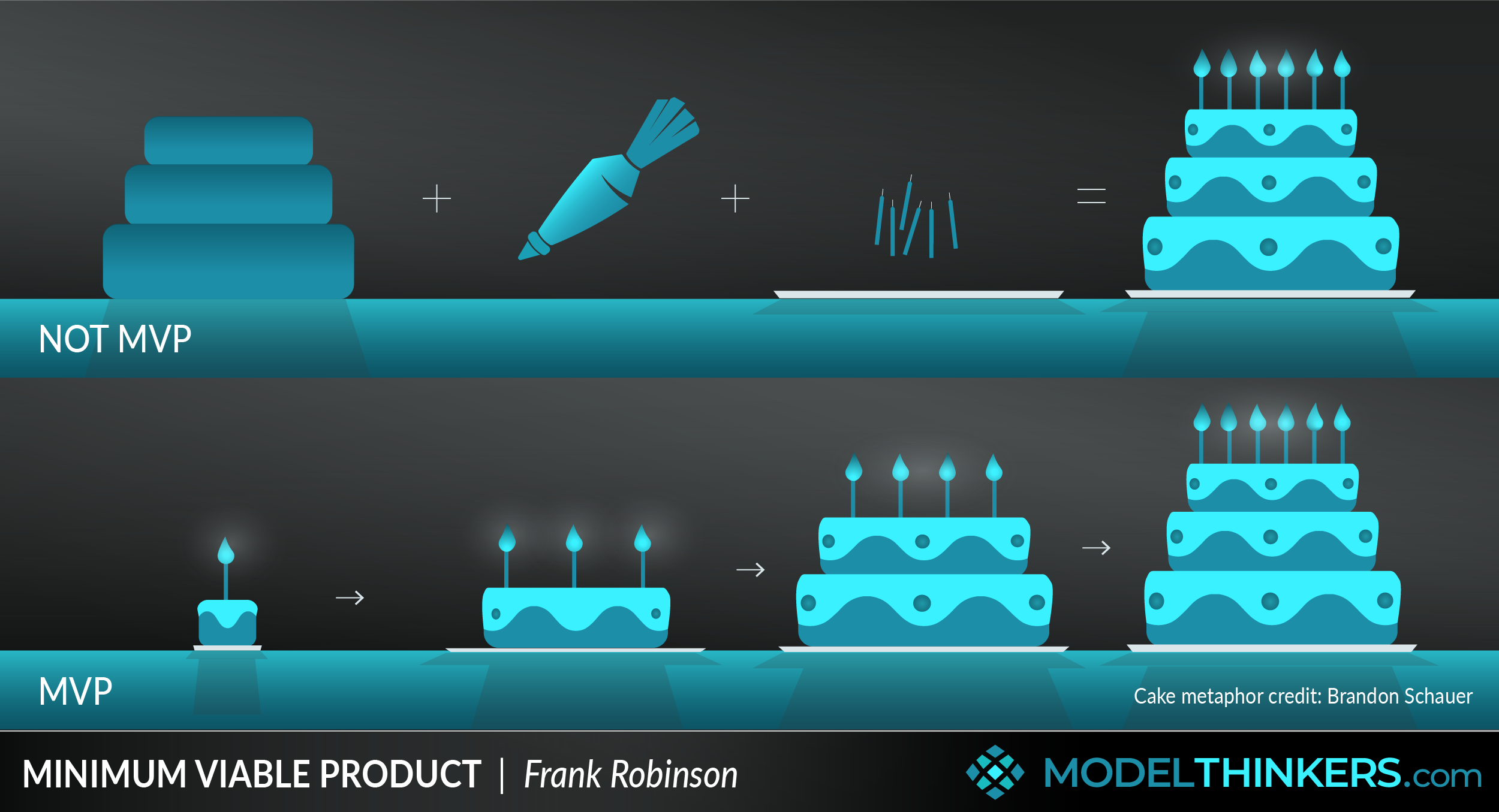
Finally, don't commit to the solution. Instead, deliver the most basic option that you think people will want to 'buy' or use, to preview the experience and gain more feedback.
Premium content
Please do login or sign up to see premium contect
Subscription expired!
Please renew your subscription to access this feature.
 My Notes
My Notes
Delete note
Nothing here yet. Join ModelThinkers and login to be the first to comment.



